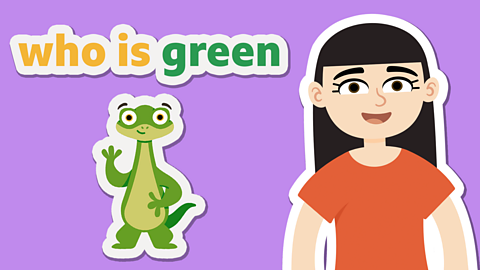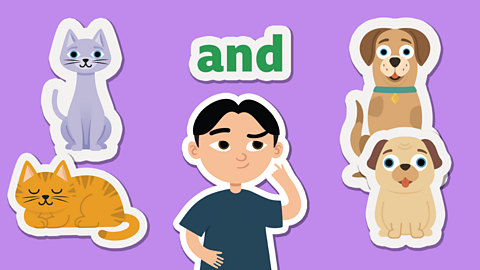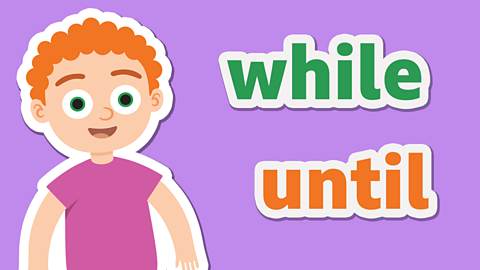What is a subordinating conjunction?

A conjunction is a word, or words, used to connect two clauses together. Words such as 'although', 'because' or 'when' .
A subordinating clause is a part of a sentence that adds additional information to the main clause.
A subordinating conjunction is simply the word/words that is used to join a subordinating clause to another clause or sentence. For example:
He was annoyed, the train had stopped.
By adding 'because' we can link the subordinating clause "the train had stopped" with the main clause "He was annoyed".
He was annoyed because the train had stopped.

Watch: Subordinating conjunctions
Find out how to join sentences together using words like 'because' and 'when'.
Where are subordinate clauses used?

Subordinate conjunctions (and clauses) can be used in different places within a sentence. They can go at the start, middle or end of a sentence.
In the example below a subordinate clause has been used at the end of a sentence:
The island was calm and peaceful until the clouds became dark and angry.
You can reorder the sentence so the subordinate clause is used at the start:
Until the clouds became dark and angry, the island was calm and peaceful.
Here, the subordinate conjunction 'until' has been used at the start and in the middle of a sentence.
Did you notice that when we use a subordinate conjunction at the start of a sentence, we must also use a comma to separate the clauses within that sentence?

Activity 1
Activity 2
Teaching resources
Looking for a unique way to help your class learn their conjunctions? Laura Bubble is here to help get your class learning and moving in this video from our Supermover series.
91Čȱ¬ Teach has thousands of free, curriculum-linked resources to help deliver lessons - all arranged by subject and age group.
Play our fun English game Crystal Explorers. gamePlay our fun English game Crystal Explorers
Use grammar, punctuation and spelling skills to explore jungles, caves and tombs on your mission!

More on Grammar
Find out more by working through a topic
- count11 of 16

- count12 of 16

- count13 of 16

- count14 of 16
